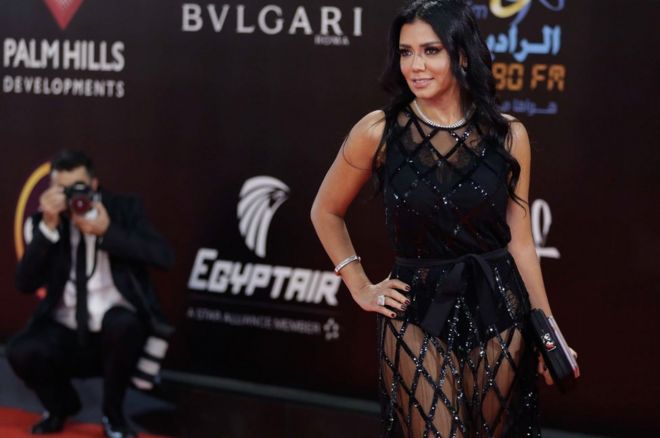Many people have heard of the #MeToo movement on the news as more and more women come forward to confront our diseased society, but few know about its beginnings. Tarana Burke, founder of the #MeToo movement, came to chat with us about the movement, its meanings, and its implications at Purdue University about a month ago. I attended the event, and I found it to be very empowering. She touched on a variety of topics, including social norms about fear, the power of empathy, our sense of humanity, and many more. Sexual assault chips away at one’s sense of humanity, and services or counseling are like a band-aid, not a fix; empathy is what starts to help heal. “Society teaches us to pretend we’re okay,” and we have to fight that by confronting our fears and trusting ourselves.
The root of the movement for Burke was the idea of “how can I feel pain and joy at the same time?” She described a situation in which she might have a good day, get home feeling happy, then find herself reminding herself “I ain’t shit.” It’s like a mindset, a dark feeling you can’t fully escape from even after having the best of days; and that’s okay. We have to learn to “turn that volume down to one or two” and turn the volume of the good commentary up, which takes time to figure out. She referenced Maya Angelou several times as a guiding force in her life: she knows she is a Phenomenal Woman, but she doesn’t always feel it – and that’s okay.
(Quotes are from her talk in Loeb Playhouse at Purdue University on September 19, 2018.)

